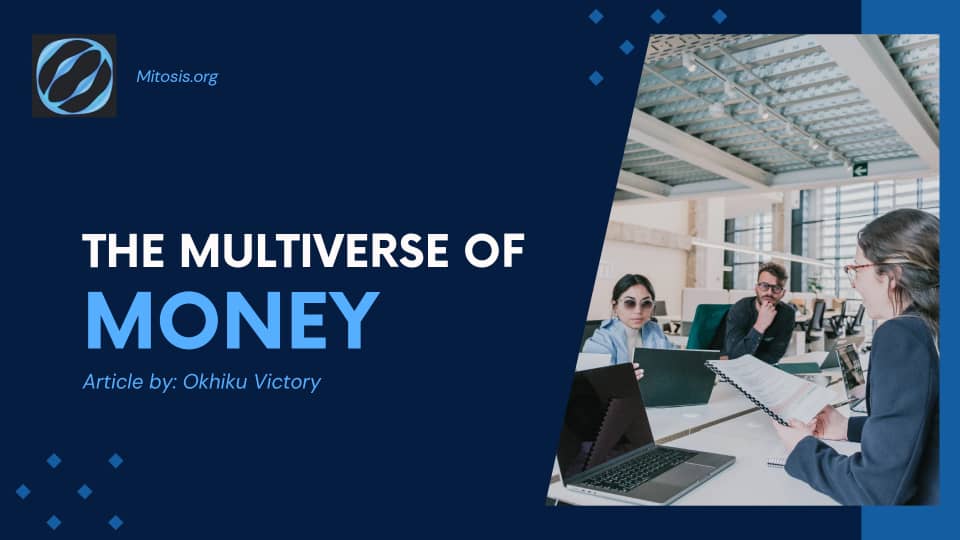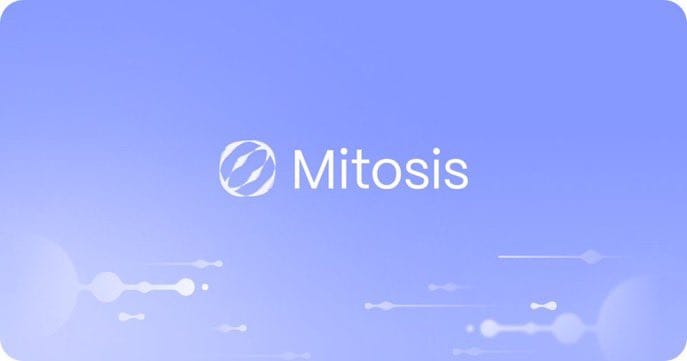The Multiverse of Money: Could Mitosis Unlock Parallel Economies on Every Blockchain?

Introduction
What if every blockchain wasn’t just a network but an entire universe of its own? A world where money doesn’t follow a single set of rules but spawns countless parallel economies, each unique yet interconnected. Today, decentralized finance (DeFi) is fragmented—assets are siloed, liquidity is restricted, and true cross-chain interaction is limited. Mitosis aims to change this by introducing programmable cross-chain liquidity, which could transform DeFi into a financial multiverse where value isn’t singular—it’s infinite.
In this article,we would explore
- The limitations of today’s fragmented DeFi landscape.
- How Mitosis enables liquidity to split and evolve across blockchains.
- The benefits and risks of a parallel economy model.
- The long-term impact of programmable liquidity on DeFi.
The Fractured State of DeFi
DeFi today operates as a collection of disconnected financial ecosystems, each with its own consensus mechanism, liquidity pools, and governance models. These isolated networks present challenges for users who seek to transfer value across chains.
The Problem with Isolated Chains
Ethereum dominates DeFi with deep liquidity and top-tier smart contracts, but its high gas fees make it expensive for smaller transactions. Look also at solana, it optimized for proof-of-history (PoH) consensus, provides low transaction fees and high-speed transactions but lacks Ethereum’s extensive decentralized applications (dApps) and liquidity. Again, cosmos offers interoperability through IBC (Inter-Blockchain Communication) but faces challenges in achieving true cross-chain liquidity.
For example, a Solana trader seeking to access Ethereum’s Compound liquidity pool must use wrapped tokens (like wETH) or bridges, which add additional complexity, fees, and potential vulnerabilities.
The Limitations of Existing Cross-Chain Solutions Current cross-chain solutions—like atomic swaps, liquidity bridges, and wrapped tokens—are limited by: Security vulnerabilities, such as 51% attacks and flash loan exploits. Capital inefficiencies, as liquidity is fragmented across chains. Centralization risks, as wrapped assets often depend on custodians.
Mitosis offers a solution by allowing liquidity to not only move across chains but to exist as multiple, chain-specific versions, each tailored to the blockchain’s environment.
For example, Mitosis could split a liquidity pool into Ethereum, Solana, and Cosmos, each adapted for its respective ecosystem.
How Parallel Economies Are Born
Rather than keeping liquidity static, Mitosis allows it to split and evolve across chains, optimizing for different financial ecosystems.
Liquidity Splitting in Action
Consider a $5 million ETH-DAI liquidity pool on Ethereum. With Mitosis:
A portion remains on Ethereum, optimized for high-security lending via Aave or Compound. Another moves to Solana, becoming a high-frequency trading (HFT) pool in Serum. A third integrates with Cosmos, forming a cross-chain liquidity hub via the Cosmos SDK.
Each version evolves differently, depending on its blockchain’s gas fees, transaction speeds, and dApp integration—creating parallel yet interconnected economies. A Solana trader could borrow from an Ethereum liquidity pool without leaving their chain, thanks to Mitosis’ cross-chain capability.
Evolution of Independent Financial Universes
As liquidity pools migrate across chains, they adapt.
On Avalanche, liquidity might center around stablecoins like USDT or DAI, fostering price stability and low volatility. On Binance Smart Chain (BSC), liquidity could be used to fuel speculative markets, encouraging yield farming and high-leverage trading. Polygon, on the other hand, might prioritize low-cost transactions, offering liquidity mining rewards for those seeking efficient, low-fee interactions. Mitosis enables liquidity to dynamically evolve in real-time, adapting to the best possible use case.
For example, a yield farmer could strategically shift their assets across Ethereum, Solana, and Cosmos, optimizing returns based on each blockchain’s transaction fees, speed, and liquidity availability.
Interconnected Yet Unique
Unlike traditional cross-chain interoperability, Mitosis fosters a true multiverse of money, where liquidity pools interact but retain their individual economic characteristics.
Seamless Cross-Chain Interaction
A Solana trader can access Ethereum-based lending pools through Mitosis, without leaving the Solana chain. A dApp on Polygon can aggregate liquidity from Ethereum, Solana, and Avalanche, offering users deeper liquidity and better price slippage.
For example, a decentralized exchange (DEX) on Avalanche could tap into Ethereum’s liquidity for secure lending, Solana’s liquidity for high-speed swaps, and Polygon’s liquidity for low-cost transactions, providing users with better pricing and more efficient trades.
The Power of an Adaptive Liquidity Network
Instead of competing for liquidity, chains become interdependent yet self-sustaining financial systems. Liquidity is no longer siloed—it evolves across ecosystems to meet the unique needs of each blockchain. This creates a resilient, interconnected financial ecosystem where liquidity adapts to real-time needs.
A Financial Universe Without Limits
Users can select the economic environment that best suits them—whether they’re seeking high-risk, high-reward strategies, stable yields, or efficient low-cost transactions. Developers can design cross-chain dApps that leverage liquidity from multiple financial universes without being bound to one blockchain’s constraints.
For instance, a DeFi lending platform could use Mitosis to dynamically adjust interest rates based on real-time liquidity conditions from Ethereum, Binance Smart Chain, and Solana.
Conclusion
Mitosis is transforming DeFi liquidity by making it adaptive, programmable, and multi-chain, creating a financial multiverse where liquidity evolves across multiple blockchains. This change opens up limitless possibilities—from microtransactions in gaming metaverses to yield farming strategies that span multiple ecosystems.
However, this multiverse also introduces new challenges. Can one economy dominate, destabilizing others? How will we manage risks in a system so dynamic and interconnected? Governance and smart protocols will be crucial to ensuring stability and fairness across these parallel economies.
The future of DeFi is no longer singular—it’s infinite. And with Mitosis, we are just beginning to scratch the surface of what’s possible.


Comments ()